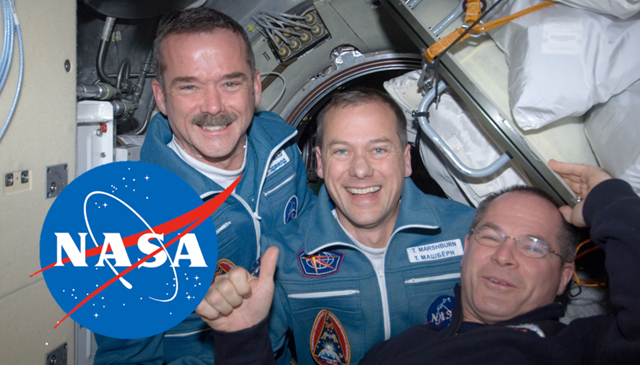NASA lends unique opportunity for its social media followers to connect with astronauts on the ground and living and working aboard the laboratory orbiting 240 miles above Earth.
On 22nd February, NASA will host its first Google+ Hangout live with the International Space Station from 11 a.m. to noon EST. Google+ Hangouts allow as many as 10 people to chat face-to-face, while thousands more can tune in to watch the conversation live on Google+ or YouTube.

People are allow to submit video questions prior to the Hangout. During the event, several video questions will be selected and answered by the station crew and astronauts on the ground. Unique and original questions are more likely to be selected. Additionally, NASA also will take real-time questions submitted by fans on Google+, Twitter and Facebook.
The deadline to submit video questions is Feb. 12. To be considered, video clips must be no longer than 30 seconds and must be uploaded to YouTube and tagged with #askAstro. Submitters should introduce themselves and mention their location before asking their question.
Also use #askAstro to ask real-time questions on Google+, YouTube or Twitter during the event. On the morning of the event, NASA will open a thread on its Facebook page where questions may be posted.
The hangout can be viewed live on NASA’s Google+ page or on the NASA Television YouTube channel. To join the hangout, and for updates and opportunities to participate in upcoming hangouts, visit the NASA’s Google+ page at: http://plus.google.com/+NASA
Astronauts Kevin Ford and Tom Marshburn of NASA and Chris Hadfield of the Canadian Space Agency will answer questions and provide insights about life aboard the station. Crews conduct a variety of science experiments and perform station maintenance during their six-month stay on the outpost. Their life aboard the station in near-weightlessness requires different approaches to everyday activities such as eating, sleeping and exercising.
Source: NASA | Image: NASA

